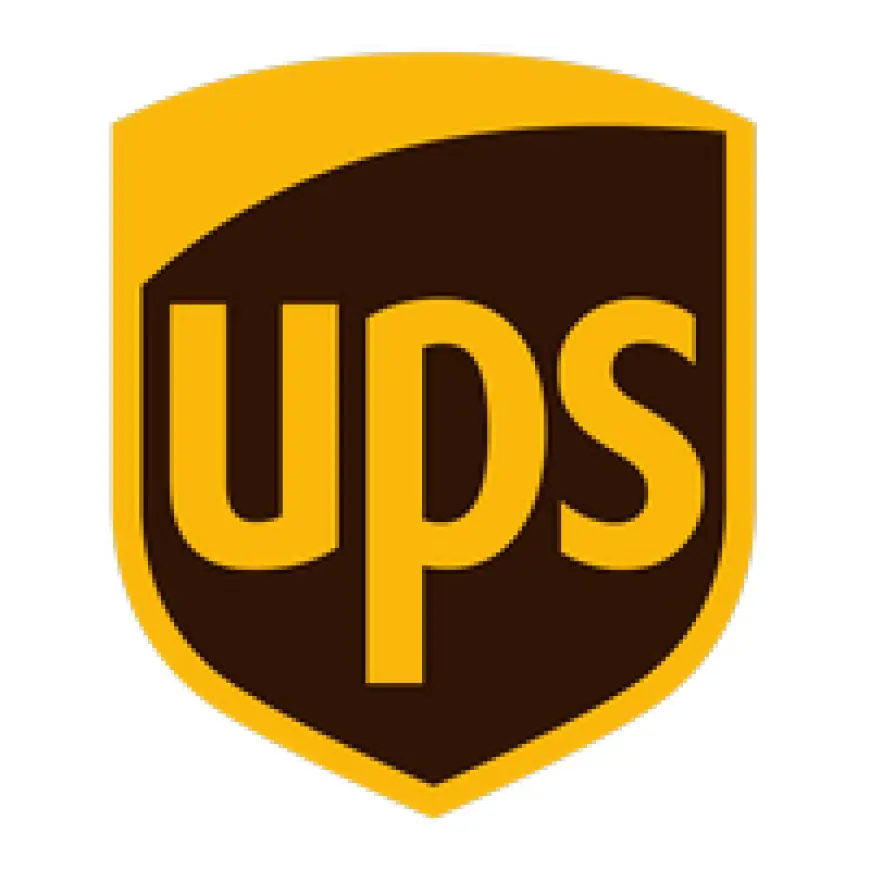Can parcel tracking be wrong?
UPS tracking

Parcel UPS tracking systems have become indispensable in today’s fast-paced world, providing real-time updates about deliveries for businesses and individuals. However, despite their reliability, these systems are not immune to errors. From incorrect status updates to delayed notifications, parcel tracking can occasionally be inaccurate, leaving recipients frustrated and confused. In this article, we’ll explore the reasons behind tracking errors, their implications, and how to address these challenges effectively.
How Does Parcel Tracking Work?
Before diving into potential errors, it’s important to understand how tracking systems function. Parcel tracking relies on a network of barcodes, scanners, and data transmitted through various checkpoints. Every time a package reaches a new location, its barcode is scanned, and the data is uploaded to a central system. Customers can then access this information via tracking portals or apps, offering transparency in the delivery process.
While this system is highly efficient, several factors can disrupt its accuracy.
Reasons for Tracking Errors
-
Barcode Scanning Issues
Tracking errors often arise from faulty or incomplete barcode scans. For instance, if a courier forgets to scan a package at a checkpoint, the system may fail to update the package’s location. Similarly, damaged or smudged barcodes can make it difficult for scanners to read the information, causing discrepancies. -
Human Error
Human involvement in the shipping process can sometimes lead to mistakes. Couriers may enter incorrect data during manual updates, such as marking a package as delivered before it actually arrives. These small errors can create significant confusion for recipients relying on accurate tracking. -
System Delays
Even in the digital age, technology isn’t always instantaneous. Some tracking systems experience lags in data synchronization, resulting in delayed updates. For example, a package might already be out for delivery, but the system still shows it at a previous location due to slow processing. -
Misrouted Packages
Logistics errors, such as sending a package to the wrong distribution center, can lead to incorrect tracking updates. In such cases, the system may show the package as being in a completely different location, even though it’s en route to the correct destination. -
Lost or Stolen Packages
While rare, packages can occasionally go missing due to theft or mishandling. When this happens, tracking systems may stop updating altogether, leaving recipients with little information about the whereabouts of their shipment. -
Weather and External Factors
Adverse weather conditions, strikes, or other unexpected events can delay deliveries and disrupt tracking accuracy. In these scenarios, the tracking system might not provide real-time updates, leaving customers uncertain about their package’s status.
How Tracking Errors Impact Customers
Tracking inaccuracies can lead to a range of issues for both senders and recipients. Here are some common impacts:
-
Customer Frustration
When tracking information is wrong or delayed, customers often feel anxious and frustrated. This is particularly problematic for time-sensitive deliveries, such as birthday gifts or urgent business shipments. -
Lost Trust
Businesses that rely on accurate delivery updates may lose customer trust if tracking errors occur frequently. A single delayed or misreported package can tarnish a company’s reputation. -
Increased Support Requests
Incorrect tracking information leads to a spike in customer inquiries. Delivery companies and businesses must then allocate additional resources to address these concerns, creating operational inefficiencies.
How to Handle Tracking Errors
If you encounter inaccurate parcel tracking, here are steps to resolve the issue:
-
Contact the Courier Service
The first step is to reach out to the courier service directly. Provide them with the tracking number and request clarification about the package’s location. Most courier companies have dedicated customer service teams to assist with such issues. -
Check for Updates Regularly
Tracking systems often correct themselves after a delay. Check the tracking status periodically, as the issue may resolve automatically within a few hours or days. -
Verify Address Details
Ensure that the sender provided accurate delivery information, including the recipient’s address and contact details. Incorrect address details can lead to tracking errors and failed deliveries. -
Request a Refund or Compensation
If the package is lost or significantly delayed, many courier services offer refunds or compensation. Review the company’s policy and file a claim if applicable. -
Use Reliable Tracking Platforms
Opt for courier services with robust tracking systems and good customer reviews. Third-party platforms like TrackCouriers can also provide a consolidated view of multiple shipments, enhancing tracking accuracy.
The Future of Parcel Tracking
Advancements in technology are continually improving the reliability of tracking systems. Innovations such as GPS-based tracking, automated scanning, and blockchain integration aim to minimize errors and provide more precise delivery updates. These technologies can also help identify and resolve issues faster, ensuring a smoother experience for customers.
Conclusion
While parcel FedEx tracking systems are generally dependable, they are not foolproof. Factors like human error, system delays, and external events can sometimes lead to inaccuracies. Understanding these challenges and knowing how to address them can help mitigate frustration and ensure a better delivery experience. As technology evolves, tracking systems will likely become even more reliable, offering enhanced transparency and peace of mind for users worldwide.












